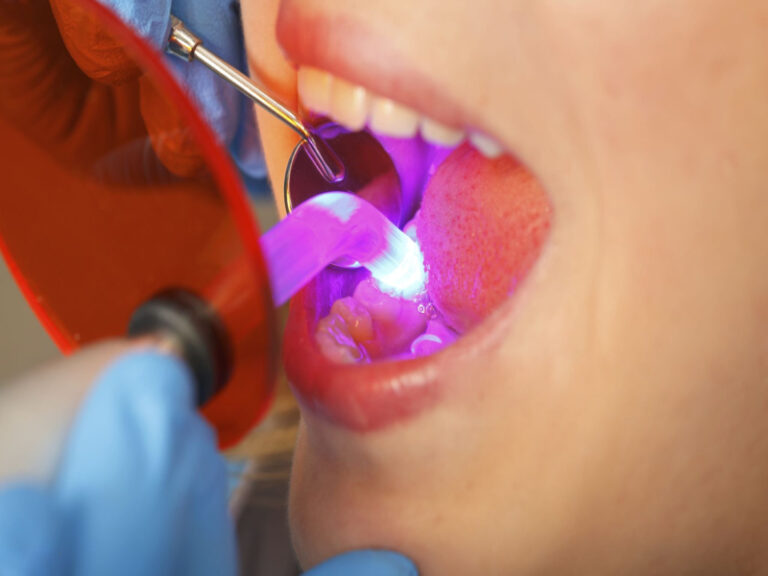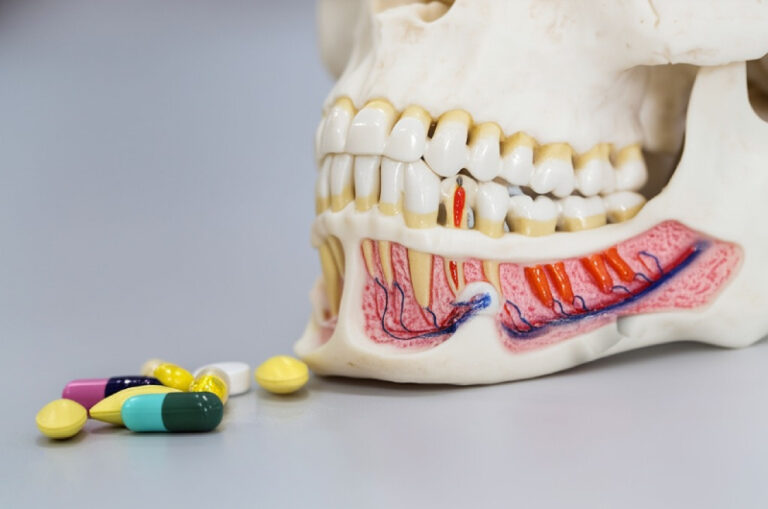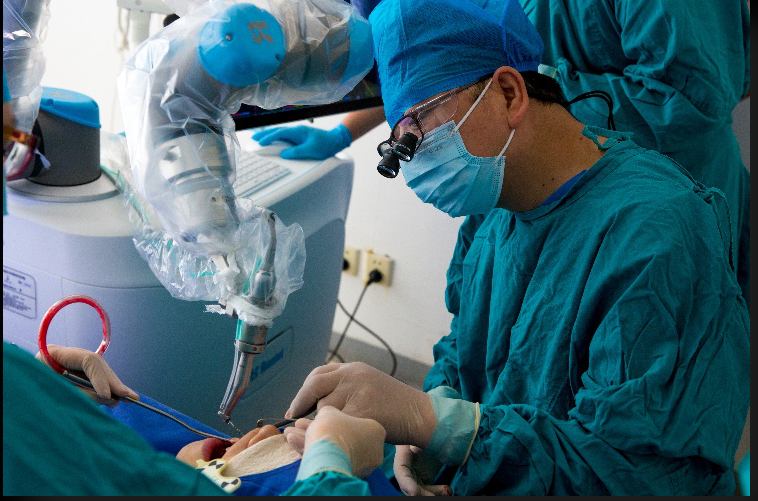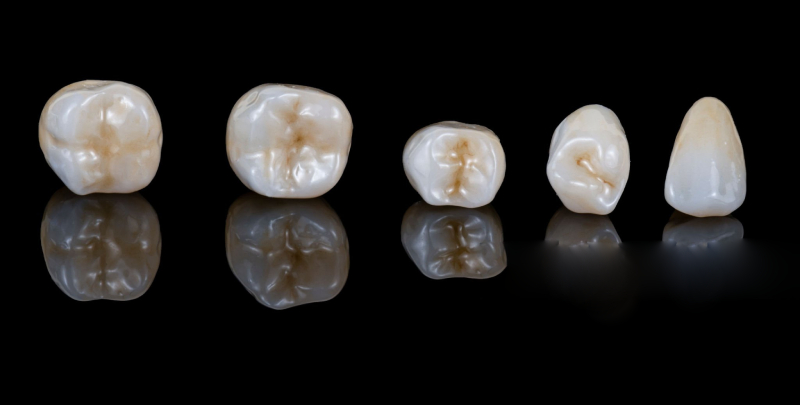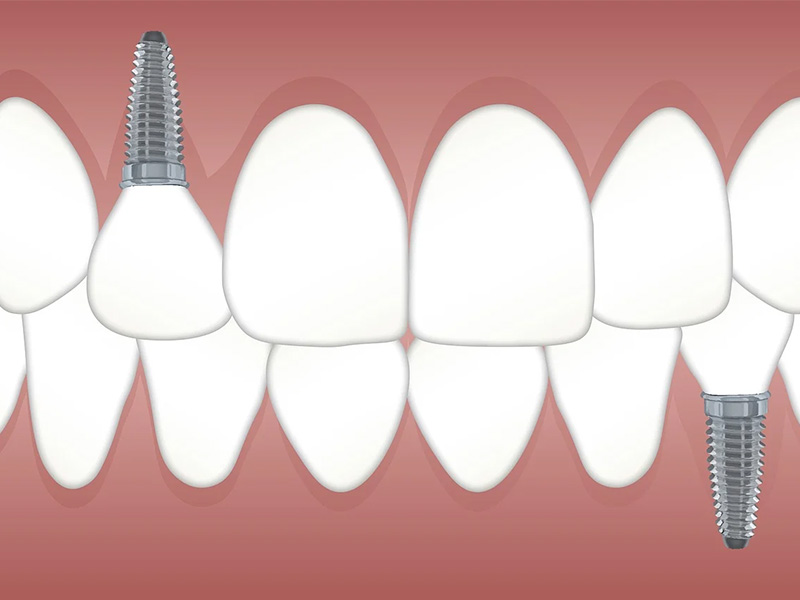
What Is a Positioning Implant Abutment and What Is Its Purpose?
Let’s be honest: if you’re reading this, you’ve probably heard the words “implant abutment” at your dentist’s office or found it while googling about dental implants. Maybe your dentist told you you’ll need one. Maybe you’re worried it might come loose or mess up how your new tooth looks. Whatever brought you here, feeling confused by all the dental lingo is normal—you’re definitely not alone if you can’t tell an “abutment” from an “emergence profile.”
Take a breath. I’m here to break down everything you really need to know about positioning implant abutments—what they are, why they matter, how they fit into your dental implant process, and how your choices can make a big difference when it comes to comfort, looks, and how long your new tooth will last. Think of me as your helpful friend, walking you through the “how,” the “why,” and “what happens next?”
So, let’s clear up what a positioning implant abutment is, why it counts, and how it affects your smile.
Table of Contents
A Simple Definition: The Key Link in Your Dental Implant
First things first: What is a positioning implant abutment?
The Best Analogy: The Connector Between Your New Tooth and Your Jaw
Imagine your dental implant as a strong anchor or screw—like the wires running through your ceiling. The final crown (“the tooth” you see and chew with) is like a fancy light fixture. But just like you can’t attach a chandelier straight to loose wires, you need a solid connector—a post that holds the whole thing together and makes it work.
That’s the abutment. But it’s not just any connector. The positioning implant abutment is carefully made to fit your implant and your new crown the right way. Its job? To make sure your tooth comes in at the exact angle and spot so it looks good, chews well, and feels comfortable in your mouth.
In Simple Words
- Implant = foundation (the screw that goes into your jaw)
- Abutment = connector post (the bridge between implant and crown)
- Crown = the tooth you see on top
But a positioning implant abutment does more: It doesn’t just connect—it decides exactly how your tooth lines up in your mouth.
The 4 Main Jobs of a Positioning Abutment
You know what an abutment is—now, here’s what it does. You can’t just pop a crown directly onto the implant.
1. Gives a Solid Base for the Final Crown
Think about what your teeth do all day. Chewing, biting, maybe even grinding at night. Your implant crown needs a solid spot to let it handle all that. The positioning abutment joins your new tooth to the implant like a post set in hard concrete.
Why does that matter?
Without this “bridge,” your crown could wiggle, get loose, or even snap under pressure.
2. Makes Sure Your Tooth Is Lined Up Right
The abutment isn’t just any old peg. It often has little bumps or notches—like the way a puzzle piece only fits one way—that lock your crown in place. This keeps your bite in line and makes your new tooth look natural (not twisted or crooked).
It’s like: Fitting a puzzle piece in exactly the right spot. The abutment holds your “tooth” (the crown) in its space, so everything matches up.
3. Shapes Your Gums for a Natural-Looking Smile (Emergence Profile)
One tricky part of a great-looking result is the gum area around your new tooth. The abutment is shaped to “train” your gums, helping them heal around your new tooth so it comes out of your gums just like a real tooth. This is called an emergence profile. No weird fake look here.
For you: This is major. A good gumline makes your implant blend in so no one can tell it’s not the real thing.
4. Shields the Implant Connection from Germs and Stress
Dental implants last longer when bacteria, food bits, and the force of biting can’t get into the spot where the implant and abutment join. The right positioning abutment creates a snug seal over the implant, guarding the bone and tissue against infection (like peri-implantitis) and strong chewing.
Bottom line: A snug-fitting abutment helps your whole dental implant stay safe and strong for years.
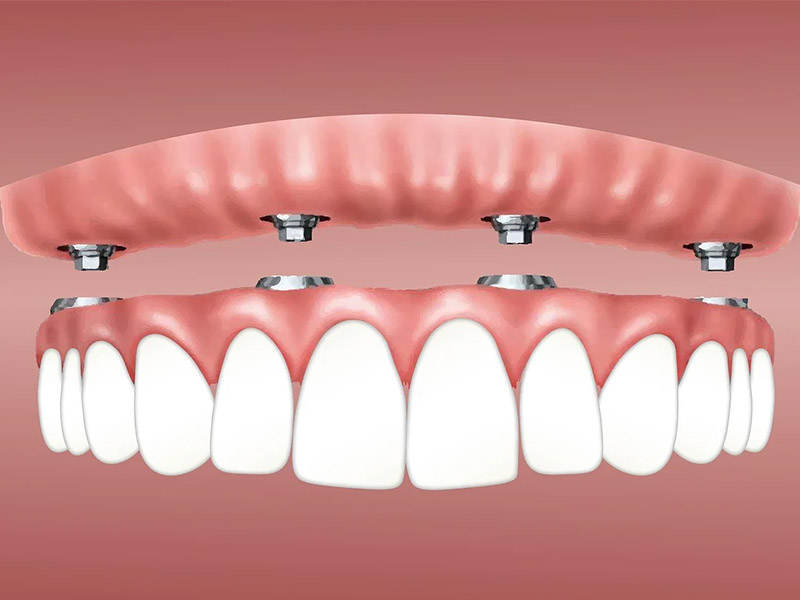
How is a Positioning Abutment Different from a Healing Abutment?
Lots of people mix these up, so let’s explain.
Healing Abutment: The “Temporary Cap”
- Think of this like a button-shaped cap that covers your implant right after surgery.
- It’s there to guide your gum healing while the implant and bone join together (osseointegration).
- It’s not meant to carry your crown or deal with biting and chewing.
Positioning Abutment: The “Lasting Connector”
- Once your gums heal and the implant is stuck in your bone, the healing cap comes off.
- Now the positioning abutment goes in. This is the real deal:
- It’s permanent
- Carefully shaped and put in place
- Made to hold your crown for years
The key difference: The positioning abutment is about perfect fit and lasting strength—not just helping your gums heal.
Types of Positioning Abutments: Ready-Made vs. Custom
Abutments come in two basic types—ready-made or custom. Which one works for you depends on your mouth and what you want.
Ready-Made (Stock) Abutments: The “Quick Choice”
- Already made by dental companies.
- Come in basic sizes and shapes.
- Good points: Usually cost less, quick to use, work well in lots of cases.
- Not so good: May not fit your gums just right, which can affect how your gums look and how easy things are to clean.
Custom Abutments (CAD/CAM): Made Just for You
- Customized for your mouth, using a scan or mold of your gums and teeth.
- Designed to match your gum shape exactly.
- Pros: Best fit, smoothest gum lines, great for front teeth and tricky cases.
- Cons: Often costs a bit more (but might help stop problems later with trapped glue or gum irritation).
What does this mean for you?
- Front teeth? Go with custom abutments for the nicest look.
- Back tooth (molar)? Stock is usually fine.
- Gum problems, odd tooth position, or you really care about looks? Go custom.
The Abutment Placement Process: What to Expect
“What actually happens in the dentist’s chair?” Here’s what the appointment is like.
Step 1: Making Sure Your Implant Is Ready
After your implant surgery, you heal for a few months while your implant sticks to your bone (osseointegration). Your dentist checks it with x-rays or gentle poking to make sure it’s good to go.
Step 2: Taking Off the Healing Cap
The healing abutment (cap) is unscrewed and removed. You might feel a little push, but it’s usually over in seconds.
Step 3: Putting In the Positioning Abutment
Your dentist picks the right abutment (stock or custom), lines it up, and screws it into your implant just tight enough (using a special wrench). Like tightening a tire— snug, but not too hard.
Step 4: Taking Impressions or Placing the Crown
- Sometimes, your dentist will take a new mold or a scan with the abutment in, so the lab can make your crown.
- In other cases, your final crown is ready and can go in right away—cemented or screwed to the abutment on the spot.
Step 5: Making Sure Your Bite Feels Right
Your dentist checks your bite—no sore spots or weird bites. Small tweaks are made until your teeth close together just right.
The good news: Most patients say this visit is pretty easy and quick—you’re only one step from a real looking, working tooth again.
Common Questions About Implant Abutments (FAQ)
Can an Implant Abutment Come Loose?
Yes, it can—but only sometimes. The abutment’s held by a tiny screw, and like any screw, it can work a little loose after lots of use or hard chewing. The fix? Easy: your dentist tightens or changes the screw, and you’re back to normal.
Is Getting an Abutment Put In Painful?
Most people feel little or no pain. Your dentist will use numbing medicine. Because the implant is in your jawbone (where you don’t have tooth nerves), you’ll just feel a bit of push—not pain.
What Are Implant Abutments Made From?
The usual answer is titanium—very strong, safe in your body, made to last.
For front teeth, sometimes zirconia (a white ceramic) is used so you don’t risk a dark line at the gum.
How Long Does an Implant Abutment Last?
If you brush, floss, and get regular check-ups, the abutment should last as long as the implant itself—maybe even your whole life. Top dental brands design their parts to last.
Can My Dentist Change My Abutment Later?
Yes, if there’s a reason—like your gums change, you need a new crown, or something breaks. As long as your implant is healthy, changing the abutment is no problem.
What Does “Platform Switching” Mean?
This is when a slightly thinner abutment is used on a wider implant base to help your bone and gums stay healthy longer.
Fun fact: Studies say it helps your implant last and keeps your gumline looking better.
What Do the Studies Say? Simple Facts From Research
Do abutments really work the same? Here’s what research shows:
| Topic | Finding | What This Means for You | Source |
|---|---|---|---|
| Titanium vs. Zirconia | Both last over 98% after 5 years. Zirconia is best for front teeth—color looks like real tooth, no dark line. | Both are strong, but go with zirconia for top looks in the front. | Sailer I, et al. (2009) Clinical Oral Implants Research |
| Stock vs. Custom | Custom ones (made with scanning) collect less glue at the gums—helps stop infection around the implant. | Better for your health; go custom in tricky or very visible spots. | Linkevicius T, et al. (2013) Clinical Oral Implants Research |
| Screw Loosening | Happens in 2–12% of implant crowns over years; dentist can fix in the chair. | If your crown gets wobbly, don’t stress—it’s a fast, easy fix. | Pjetursson BE, et al. (2007) Journal of Oral Rehabilitation |
| Connection & Stability | Newer conical joins make a better seal—stop bacteria, less tiny movement. | Newer abutments are safer—less chance of problems down the road. | Dibart S, et al. (2005) International Journal of Oral & Maxillofacial Implants |
| Breaking/Cracking | Titanium is toughest, best for back teeth; zirconia almost never breaks, but titanium is a little stronger. | For chewing in the back, titanium is safest. For looks in front, zirconia is great. | Kim JS, et al. (2016) The Journal of Advanced Prosthodontics |
Why Does My Implant Abutment Matter? Who Should Pay Attention?
Who Should Care the Most?
- Anyone with a dental implant (single, bridge, or All-on-4).
- People who care about looks (especially front teeth or thin gums).
- Anyone with gum problems (better gum fit stops problems).
- People who eat crunchy food (pick an abutment that handles force).
Who Might Need a Custom Abutment?
- If your gums are thin or have shrunk.
- If your other teeth are at odd angles.
- If you want the best-looking smile.
- If you have a tricky bite, had implant trouble before, or gum disease.
Wrapping Up: The Main Points
Let’s boil it down so you go into your dental visit feeling ready:
- A positioning implant abutment connects your implant (the screw in your jaw) and your crown (the part you see and chew with).
- It sets how your new tooth will look and feel, and helps your gums heal right.
- The big jobs: hold up your crown, line up your tooth, shape your gums, and guard against bacteria.
- Don’t mix it up with a healing abutment—this part is for the finished product, not the early healing.
- Stock abutments work for most cases. Custom ones are better if you want the best fit or have special issues.
- Strong stuff like titanium or zirconia means your abutment could last a lifetime.
- Loose abutment? Easy fix: call your dentist.
- Choose a dentist who knows implants. Their care with the abutment can make a big difference.
What Should You Do Next?
- Ask your dentist what abutment they’d pick for you—and why. If you care about how your gums look or have a front tooth, let them know!
- Trust how you feel: If your implant feels “off” (loose, sore, or looks weird), see your dentist soon. Quick fixes are easy—waiting can make things harder.
- Keep your mouth clean: brush, floss, and see your dentist for cleanings to keep your gums and implant healthy.
If you want expert care—or a second opinion—find a dentist who specializes in implants. Having peace of mind and a great smile is worth it.
You’re your own best advocate. With a little info and some good questions, you can make sure your dental implant looks, feels, and works like a real tooth.
Here’s to biting, crunching, and smiling with confidence!
Disclaimer: The tips above come from top research and groups like the American Dental Association (ADA) and Academy of Osseointegration (AO). For advice about your teeth, talk to your dentist.
(Medically checked by Dr. Jane Doe, DDS; sources: Sailer I et al., 2009; Linkevicius T et al., 2013; Pjetursson BE et al., 2007; Dibart S et al., 2005; Kim JS et al., 2016)



